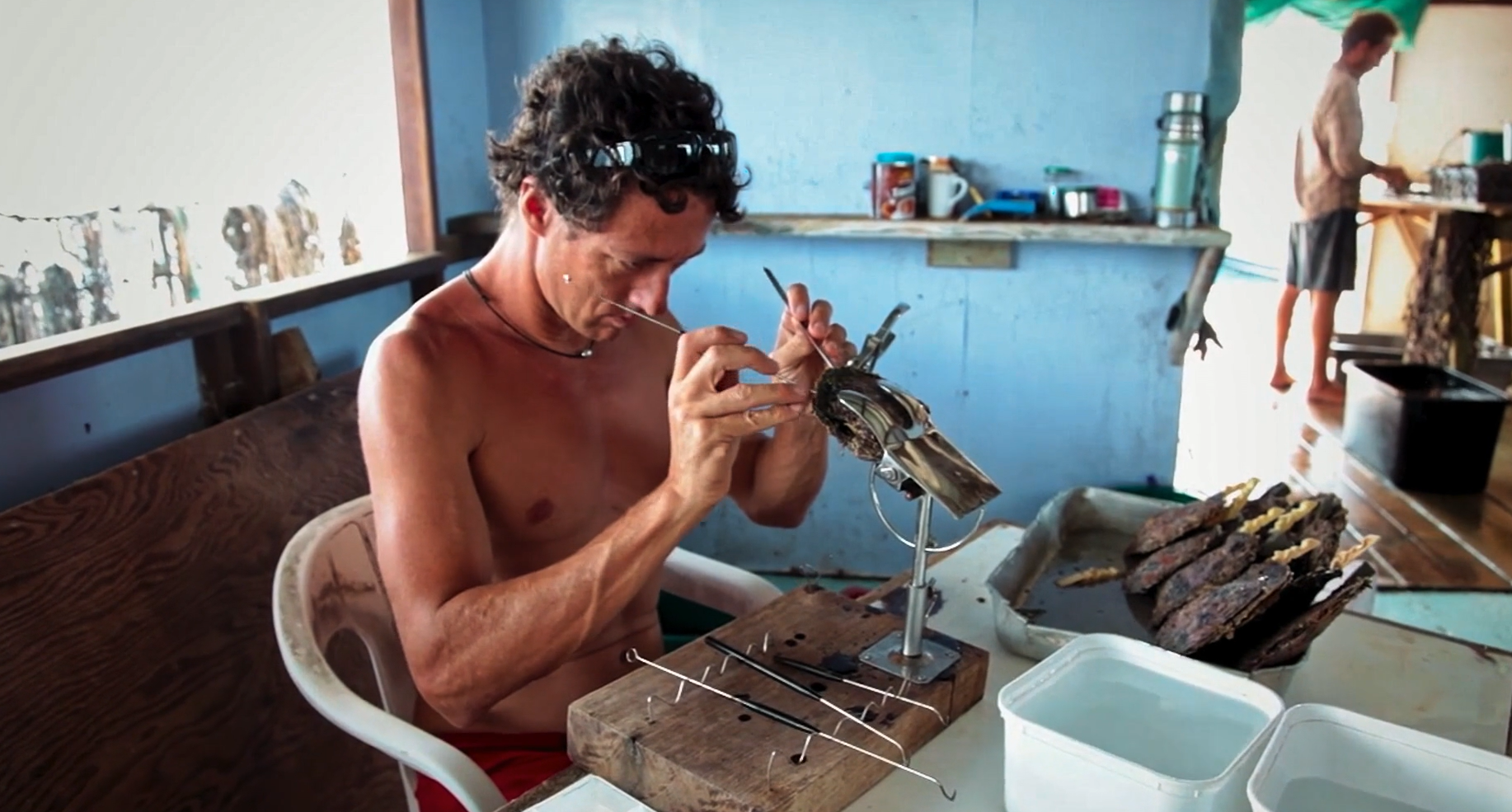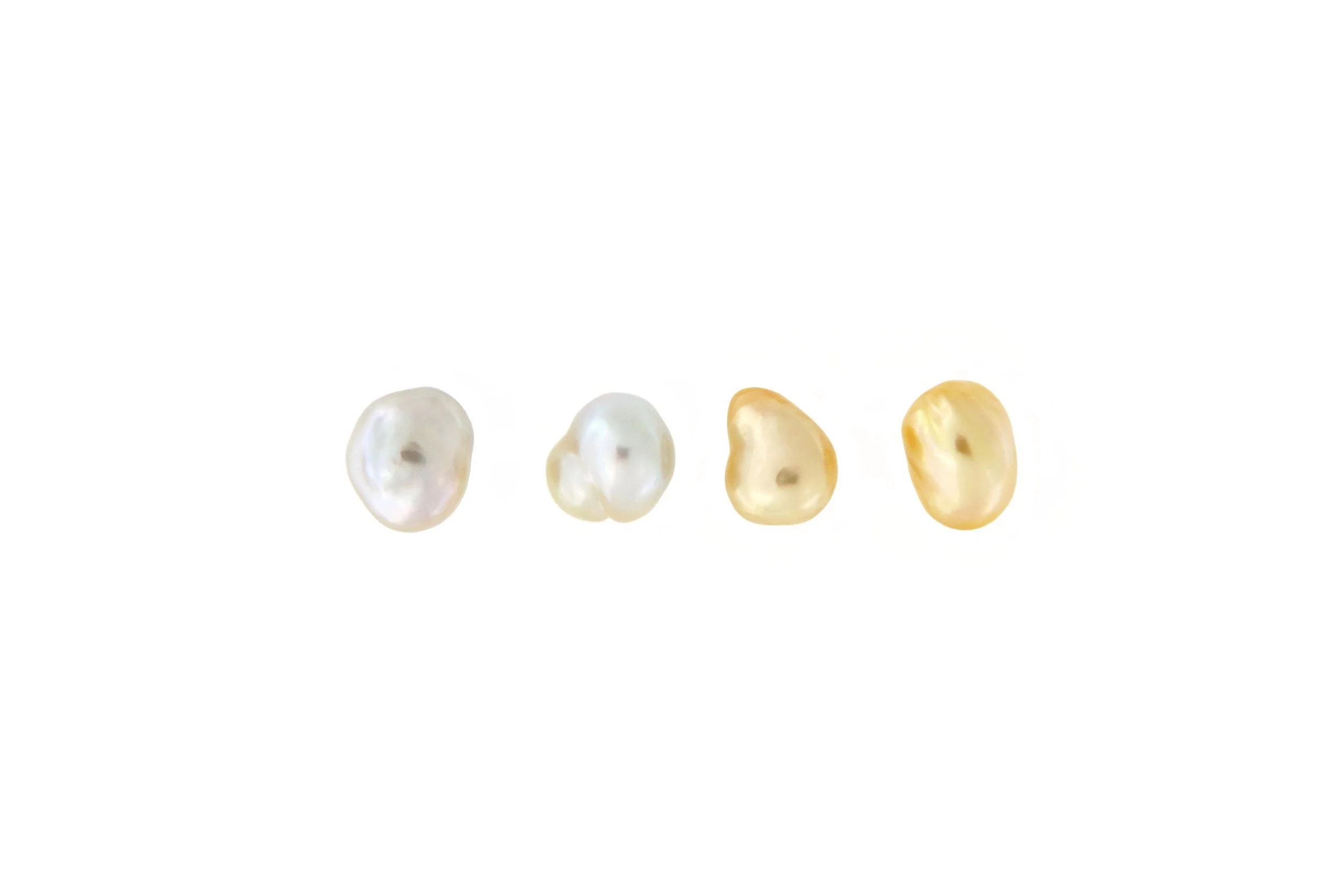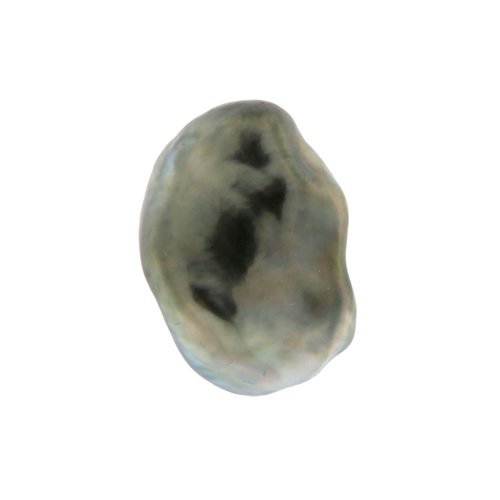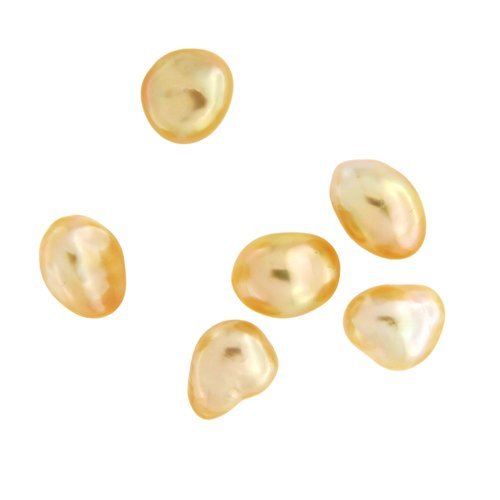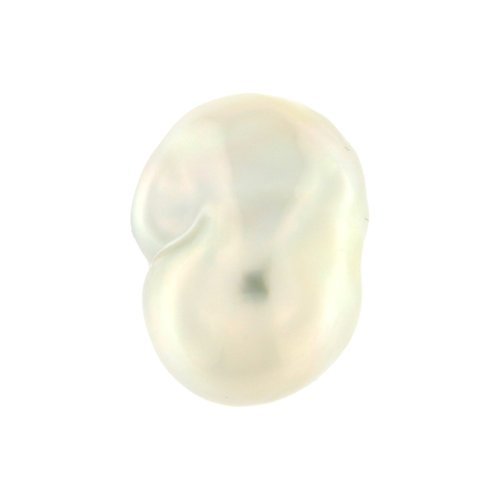Pearls
Pearls are grown in molluscs found in saltwater or freshwater around the globe. The process of creating a pearl can occur naturally (by chance) or are cultured: where the process is initiated by the pearl farmers inserting a donor oyster’s Mantel tissue into host oysters. There are four main mollusc types used for cultured pearls: Akoya, South Sea and Tahitian pearls which grow in the sea and Freshwater pearls that grown in lakes and rivers.
Responsibly sourcing natural and cultured pearls present unique challenges. Makers who are committed to ethical sourcing will need to find suppliers who are able to answer questions about the origins of their pearls and the conditions under which they were grown. Find links below to two videos which demonstrate the process of pearl formation in Natural and Cultured conditions.
We’ve explained some of the key issues around pearl sourcing below and how to source pearls responsibly.


